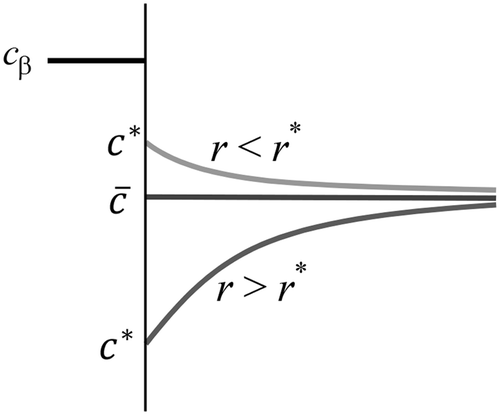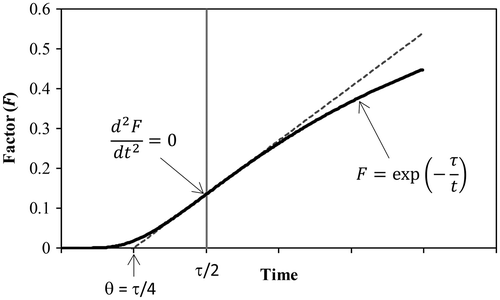Figures & data
Figure 1. Variation of free energy with the size of a precipitate when nucleating (a) homogeneously, (b) on a grain boundary and (c) on a dislocation.

Figure 2. Time evolution of the number (i) of atoms in one cluster. “Reprinted (Fig. b) with permission from [Citation9] Copyright (2000) by the American Physical Society”.
![Figure 2. Time evolution of the number (i) of atoms in one cluster. “Reprinted (Fig. 7b) with permission from [Citation9] Copyright (2000) by the American Physical Society”.](/cms/asset/f0bcd3b4-827f-4c8d-8b5d-f54bffc0e221/tphm_a_1472400_f0002_b.gif)
Figure 3. Illustration of the exchange mechanism for interface controlled kinetics. Repetition of the same sequence will produce coarsening and reduction of the free energy.
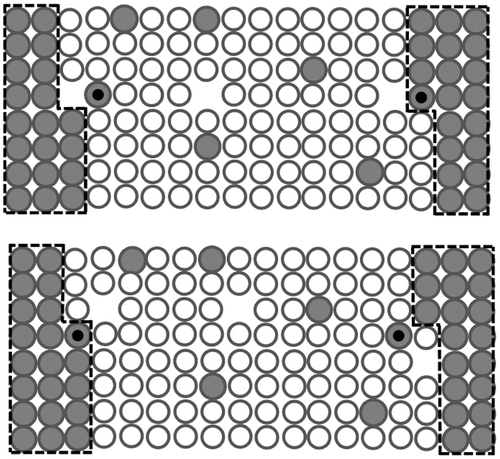
Figure 5. Evolution of a cluster size distribution from time t 0 to t 1. Adapted from [Citation23].
![Figure 5. Evolution of a cluster size distribution from time t 0 to t 1. Adapted from [Citation23].](/cms/asset/597211db-ab0a-43cd-9d84-b5fbf3d5491b/tphm_a_1472400_f0005_b.gif)
Figure 6. On the left: An isolated subcritical embryo experiencing a net loss of atoms. On the right: A cloud of subcritical embryos.
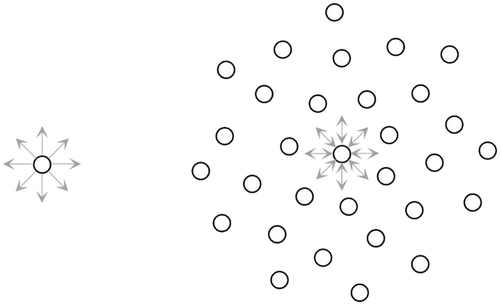
Figure 7. Left: A cloud containing a high number density of embryos. Right: One of the dissolving embryos located at periphery.

Figure 9. Evolution of the number density of embryos with respect of the radius of the embryos. Calculations were made with C 0 = 1 × 1022 m−3, r 0 = 2 nm and υ = 0.01 nm/s.
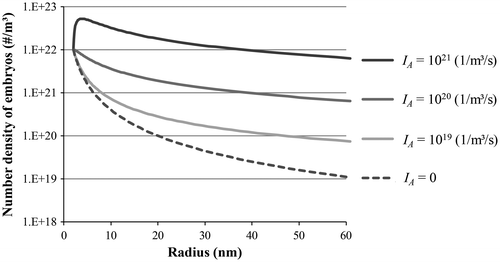
Table 1. Comparison between the classical nucleation theory and the subcritical growth theory (this contribution).
Figure 10. Schematized events captured by Liu et al. [Citation11] during the precipitation of θ′ in an Al-5.7 wt.%Cu specimen. Precipitates 1 and 3 are created and are then dissolved under the influence of precipitates 2 and 4. The boxes indicate the time in hours and minutes.
![Figure 10. Schematized events captured by Liu et al. [Citation11] during the precipitation of θ′ in an Al-5.7 wt.%Cu specimen. Precipitates 1 and 3 are created and are then dissolved under the influence of precipitates 2 and 4. The boxes indicate the time in hours and minutes.](/cms/asset/e86a2501-0de4-41fe-91bb-db6733203eab/tphm_a_1472400_f0010_b.gif)

